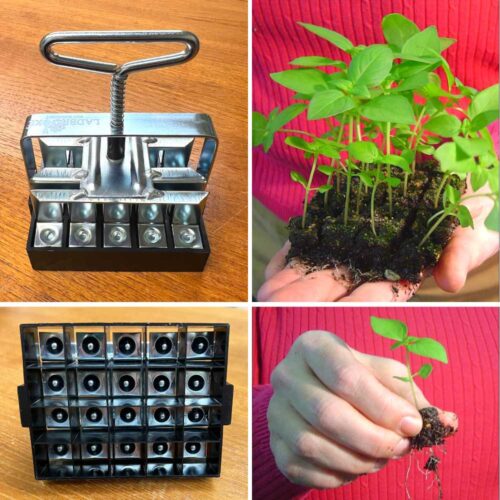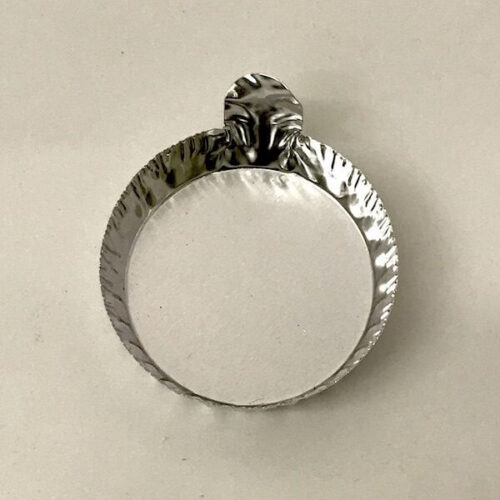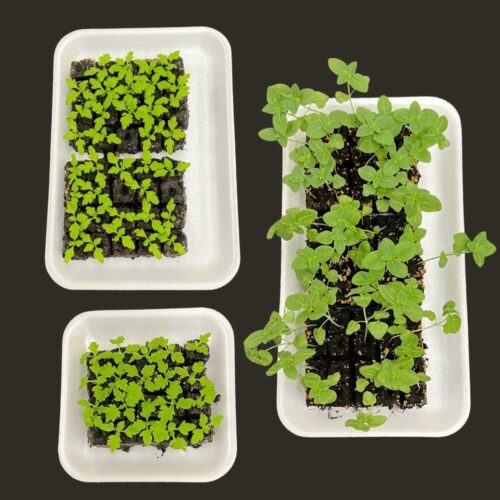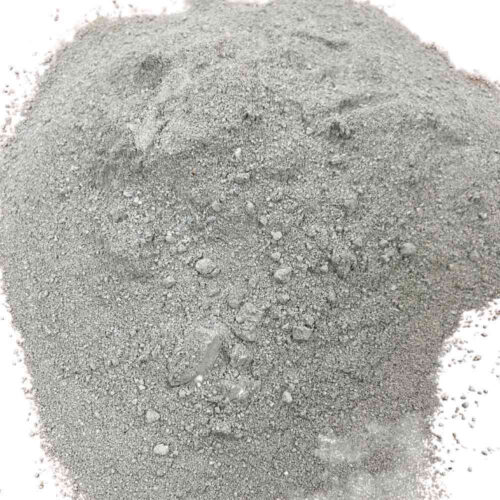How I Use a Silage Tarp
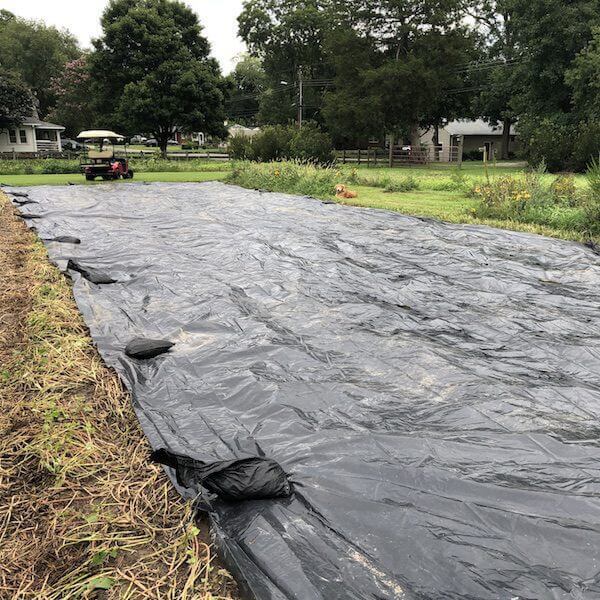
When I started dabbling with using the silage tarp technique several years ago I didn’t understand how it could impact my gardening and farming future. It solves problems I’ve faced in the past and is an excellent alternative to tilling the soil—-especially if you don’t have a tiller or tractor.
I will admit I stumbled around for a bit at first, not sure how to get started or use a tarp, but now I am a huge fan. Gaining the knowledge and understanding of the tool have really helped me.
Here’s how I use:
- New Garden Space: To start a new garden space during the summer, I cover the area with the tarp. Leave in place for 6 weeks. All vegetation is killed by lack of moisture and light plus it gets really hot under there. Weed seeds on the soil surface will sprout and die also. After the 6 week period the area is ready for compost and planting.
- Ending Cover Crops: To end or extinguish a cover crop like buckwheat or clover, mow for the quickest results. Cover with the tarp and leave in place until all vegetation is digested. Length will vary with temperature and how much vegetation to breakdown. Once all is broken down it is ready for compost and planting.
- Keep an Area Weed Free: I use a tarp to cover the Cool Flowers beds and pathways I prepare in September for the very early spring plantings in February to March. This prevents the vigorous cool-season hardy annual WEEDS like chickweed from taking hold. Plus it heats the soil up.
- Holding The Tarp Down: Don’t use rocks to hold the tarp in place! The steady light movement of the tarp under the rocks from wind can wear holes in the tarp. I keep the tarp in place with weight bags filled with garden soil, sand, or gravel.
My mistakes:
- Tried using landscape cloth with no holes cut in it to cover a couple of beds thinking it would work. Total fail because water goes through and weeds grew quite well under and up through it to my dismay.
- I bought poly at the local hardware store. It was not made for agricultural outdoor use and broke down way to quick and was a total mess. Not UV resistant nor heavy duty enough.
- To my credit, I did understand that the poly needed to be black to block light and to create heat. I wanted to mention it here because I get lots of questions asking if using clear or white will work, the answer is no.
Our silage tarps are made from 6mil heavy duty poly that is black on both sides and is UV resistant. It is manufactured here in the USA. Water does not go through it. Store the tarp out of direct sunlight to increase longevity when not in use.
View our 20’ x 50’ tarp.
Use with weighted Anchor Bags
 Lisa Mason Ziegler is a cut-flower farmer, author, and nationally recognized speaker on organic cut-flower farming.
Lisa Mason Ziegler is a cut-flower farmer, author, and nationally recognized speaker on organic cut-flower farming.
Founder of The Gardener’s Workshop and Flower Farming School Online. Award-winning Author of Vegetables Love Flowers & Cool Flowers. Connect with Lisa on Facebook and Instagram.


